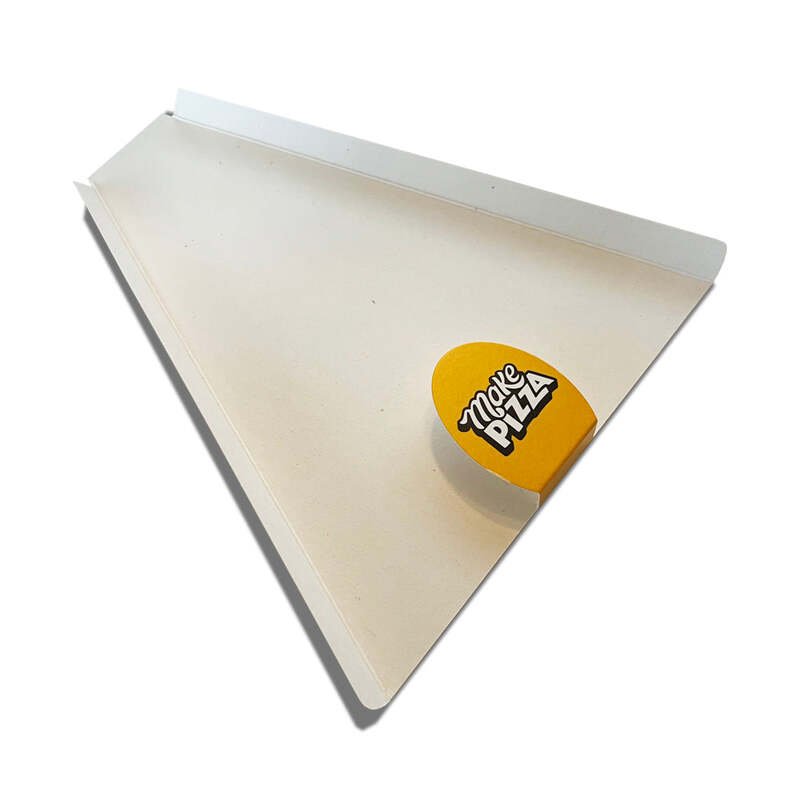Designing the Perfect Cake Box A Blend of Functionality and Aesthetics
In the world of baking, the presentation of a cake is just as important as its taste. A well-designed cake box not only enhances the visual appeal of the cake but also serves a vital practical function – protecting the cake during transport and storage. As cake enthusiasts and professional bakers alike explore the intricacies of cake box design, several key elements come into play, including materials, shapes, color schemes, and personalization options.
Materials Matter
The first aspect to consider in cake box design is the choice of materials. Traditionally, cardboard has been the go-to option for cake boxes due to its lightweight nature and versatility. However, the increasing demand for sustainability has led many bakers to explore eco-friendly materials. Biodegradable options, such as recycled paper and bamboo, are becoming popular choices for environmentally conscious businesses. Moreover, the inclusion of food-safe coatings ensures the cake remains fresh and uncontaminated.
Shape and Size Considerations
Cakes come in various shapes and sizes, and so should their packaging. While standard round and square cake boxes are widely used, innovative cake box designs are emerging to accommodate more complex cake structures. Boxes designed for tiered cakes, or those with unique shapes like hexagons or even custom designs, are gaining traction. It's essential for cake box designers to ensure that the box is not only visually appealing but also functional, offering adequate support to prevent damage during transport.
Color Schemes and Branding
The aesthetic appeal of a cake box significantly impacts a customer's experience. Colors evoke emotions, and thoughtful color choices can enhance the overall presentation. For instance, pastel colors might convey a sense of elegance and sweetness, making them ideal for weddings and baby showers. In contrast, bold hues can be used to capture attention for birthday celebrations or themed events.
cake boxes design

Furthermore, branding plays a crucial role in cake box design. Custom print options allow bakeries to showcase their logos or unique designs on the box. A visually striking box with a bakery's branding can elevate the unboxing experience, adding a personal touch that delights customers. This branding not only helps in promoting the business but also fosters customer loyalty as clients associate the quality of the cake with the visual identity of the brand.
Personalization and Custom Designs
In recent years, the trend of personalization has transformed cake box design. Customizable boxes that allow customers to add personal messages, names, or even photos create a unique experience. This trend is particularly popular for special occasions such as birthdays, anniversaries, and weddings. Offering personalized cake boxes can set a bakery apart from the competition, providing an added layer of emotional connection for customers.
Functionality Above All
While aesthetics are important, a cake box's primary function is to protect the cake. A good design should ensure the cake remains stable, preventing it from sliding or toppling over. Features such as sturdy bases, secure closures, and ventilation holes can enhance the functionality of a cake box. Additionally, easy-to-carry handle designs allow for comfortable transport, making it convenient for customers who need to carry their cakes to celebrations.
Conclusion
In conclusion, designing the perfect cake box requires a harmonious blend of functionality and aesthetics. From choosing the right materials and shapes to incorporating thoughtful color schemes and personalization options, every detail counts in creating a box that not only protects the cake but also enhances its beauty. As the baking industry continues to evolve, innovative cake box designs will play an essential role in elevating the presentation and enjoyment of cakes, ensuring that each slice is as delightful in appearance as it is in taste.



